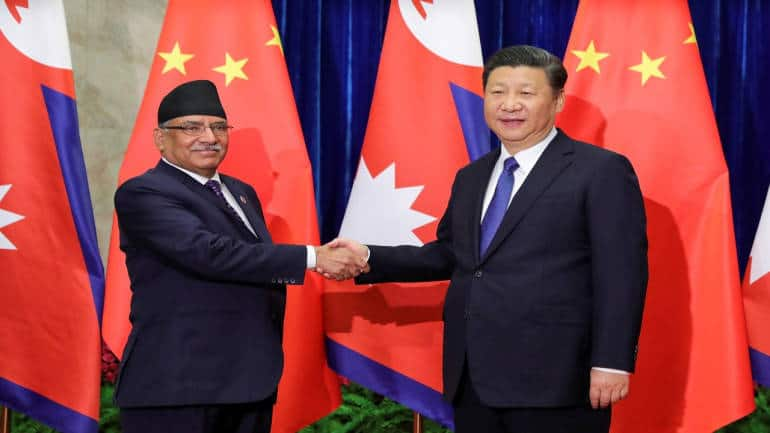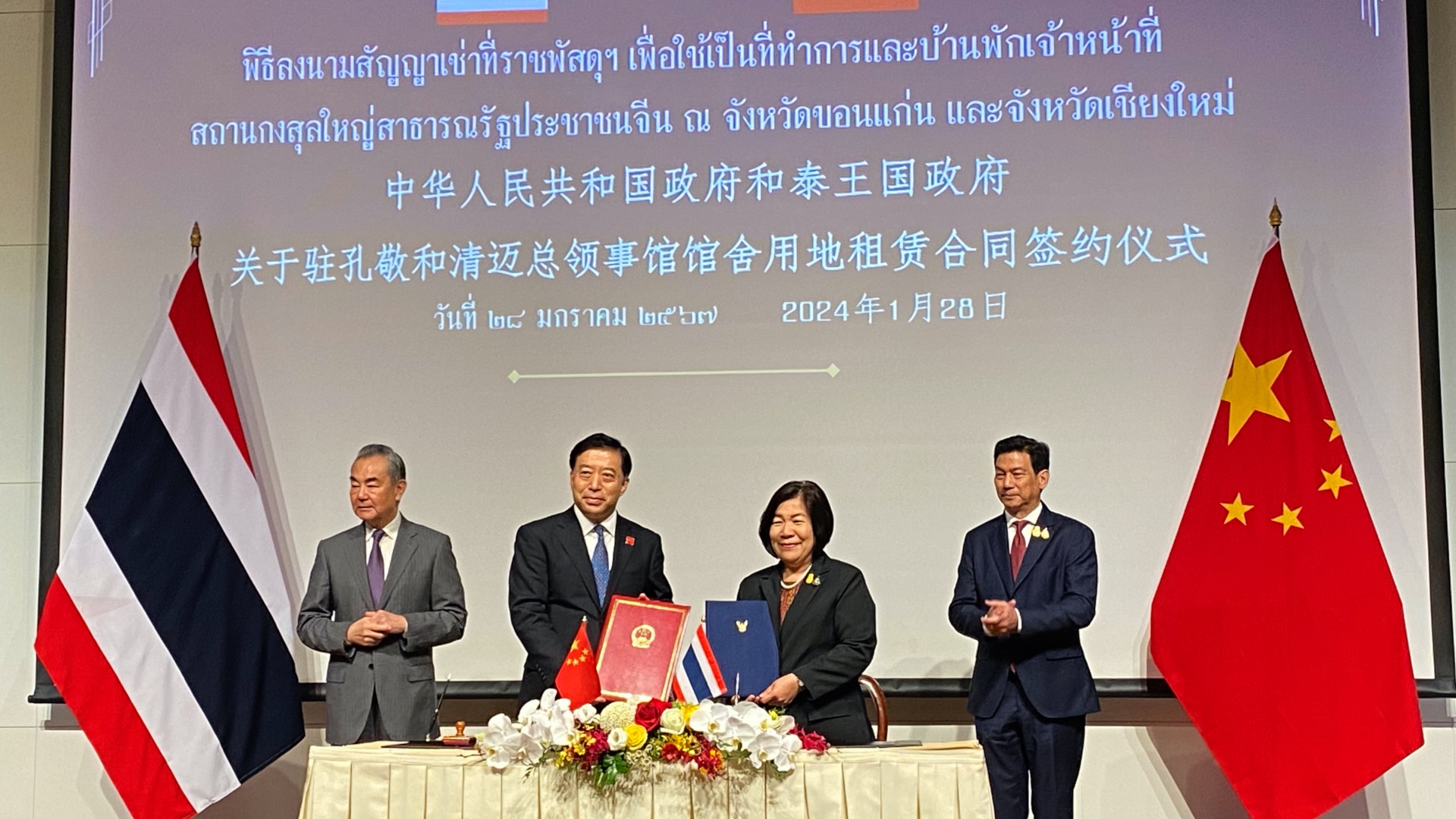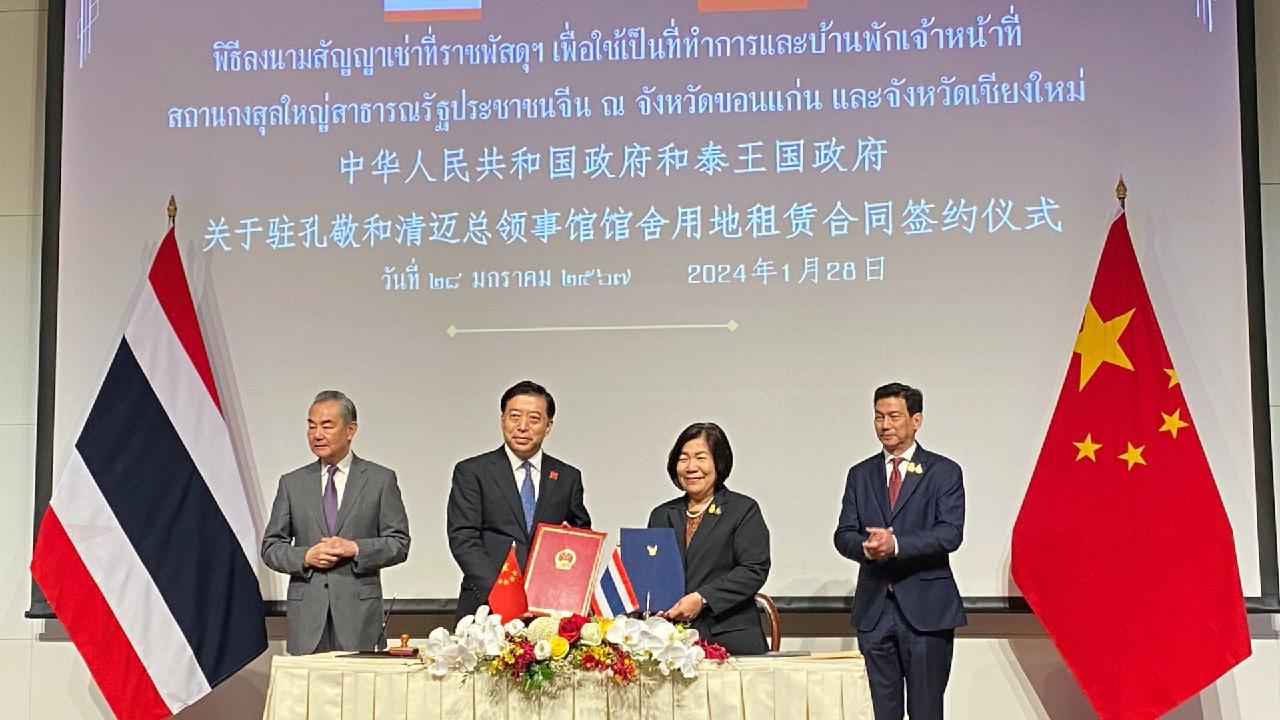World Texas Lt. Governor Responds to Question About Possible 'Civil War'
- World Affairs
- 0 Replies
Texas Lt. Governor Responds to Question About Possible 'Civil War'
Jan 28, 2024 at 1:13 PM EST
Amid tensions over the use of razor wire on the U.S.-Mexico border in Texas, the state's Lieutenant Governor Dan Patrick responded to a question about a possible "civil war" during an interview on Sunday.
Tension between federal and state units in Texas remains after President Joe Biden's administration secured a significant win over Texas Governor Greg Abbott on Monday after the Supreme Court ruled 5-4 to allow the temporary removal of razor wire along the southern border while litigation over the issue proceeds. The Court's decision has sparked anger among Republicans who support the measures taken by Abbott and his administration to fight illegal immigration in the state. Tensions over the measures escalated as the federal government raised environmental and humanitarian concerns about the deterrent.
Meanwhile, Abbott and his administration have held firm on their stance to continue the razor wire policy as the Republican governor claims that Texas has a constitutional right to self-defense and his state was "acting on that authority, as well as state law, to secure the Texas border" by using the razor wire.
In an interview on Fox News' Sunday Morning Futures with host Maria Bartiromo, Patrick said that Texas does not want a confrontation with the Biden administration. However, when asked by Bartiromo whether this situation will "turn into a civil war," Patrick responded by reiterating that Texas has a constitutional right.
"We believe constitutionally we are right, we have a right to defend our citizens, we have a right to defend this country and we are just doing our job. These young women and men who serve our National Guard and our DPS these are the best of the best why would he want to send anyone down to confront them," he said.
Newsweek has reached out to Patrick's office and the White House via email for comment.
Patrick's comments come after some Democrats, including Texas Representative Joaquin Castro and former Representative Beto O'Rourke have urged Biden to federalize Texas' National Guard to stop Abbott from defying the Court's ruling.
Patrick previously responded to this possibility by stating it would be a mistake.
"The biggest mistake the Biden administration could make would be confronting law enforcement or our military, our National Guard at our border, at this park, when we are actually doing the job that the American people want," Patrick told Laura Ingraham on Fox News on Friday.
Concerns over a confrontation came after the Department of Homeland Security (DHS) asked Texas to stop preventing federal Border Patrol agents access to Eagle Pass' Shelby Park. A letter from the DHS to Texas Attorney General Ken Paxton last week demanded full access to the park by Friday, however, Paxton rejected the request.
Biden has signaled that he's open to "massive changes" on border policy, asking Congress to embrace a bipartisan Senate deal that would pair border enforcement measures with aid to Ukraine to help in its ongoing war with Russia. In addition, he stated on Saturday at a political event in South Carolina that he would be willing to close the U.S.-Mexico border if lawmakers would only send him a bill to sign.
Additionally, this is not the first time concerns over a possible civil war regarding the handling of the southern border have been mentioned as some have taken to X, formerly Twitter, to raise the question.
Internet personality Terrence Williams told his 1.7 million followers: "CIVIL WAR IS COMING SOON."
"You are trying to start a civil war," Williams told the president in a video posted online. "You got everybody in the state of Texas all bent up."
Conservative commentator Carmine Sabia agreed, writing on X, "Joe Biden is about to start a Civil War over his treasonous handling of the border."
YouTube streamer Tim Pool said on a stream that it "looks like a Fort Sumter-esque type scenario," referencing the first battle of the Civil War.

 www.newsweek.com
www.newsweek.com
Jan 28, 2024 at 1:13 PM EST
Amid tensions over the use of razor wire on the U.S.-Mexico border in Texas, the state's Lieutenant Governor Dan Patrick responded to a question about a possible "civil war" during an interview on Sunday.
Tension between federal and state units in Texas remains after President Joe Biden's administration secured a significant win over Texas Governor Greg Abbott on Monday after the Supreme Court ruled 5-4 to allow the temporary removal of razor wire along the southern border while litigation over the issue proceeds. The Court's decision has sparked anger among Republicans who support the measures taken by Abbott and his administration to fight illegal immigration in the state. Tensions over the measures escalated as the federal government raised environmental and humanitarian concerns about the deterrent.
Meanwhile, Abbott and his administration have held firm on their stance to continue the razor wire policy as the Republican governor claims that Texas has a constitutional right to self-defense and his state was "acting on that authority, as well as state law, to secure the Texas border" by using the razor wire.
In an interview on Fox News' Sunday Morning Futures with host Maria Bartiromo, Patrick said that Texas does not want a confrontation with the Biden administration. However, when asked by Bartiromo whether this situation will "turn into a civil war," Patrick responded by reiterating that Texas has a constitutional right.
"We believe constitutionally we are right, we have a right to defend our citizens, we have a right to defend this country and we are just doing our job. These young women and men who serve our National Guard and our DPS these are the best of the best why would he want to send anyone down to confront them," he said.
Newsweek has reached out to Patrick's office and the White House via email for comment.
Patrick's comments come after some Democrats, including Texas Representative Joaquin Castro and former Representative Beto O'Rourke have urged Biden to federalize Texas' National Guard to stop Abbott from defying the Court's ruling.
Patrick previously responded to this possibility by stating it would be a mistake.
"The biggest mistake the Biden administration could make would be confronting law enforcement or our military, our National Guard at our border, at this park, when we are actually doing the job that the American people want," Patrick told Laura Ingraham on Fox News on Friday.
Concerns over a confrontation came after the Department of Homeland Security (DHS) asked Texas to stop preventing federal Border Patrol agents access to Eagle Pass' Shelby Park. A letter from the DHS to Texas Attorney General Ken Paxton last week demanded full access to the park by Friday, however, Paxton rejected the request.
Biden has signaled that he's open to "massive changes" on border policy, asking Congress to embrace a bipartisan Senate deal that would pair border enforcement measures with aid to Ukraine to help in its ongoing war with Russia. In addition, he stated on Saturday at a political event in South Carolina that he would be willing to close the U.S.-Mexico border if lawmakers would only send him a bill to sign.
Additionally, this is not the first time concerns over a possible civil war regarding the handling of the southern border have been mentioned as some have taken to X, formerly Twitter, to raise the question.
Internet personality Terrence Williams told his 1.7 million followers: "CIVIL WAR IS COMING SOON."
"You are trying to start a civil war," Williams told the president in a video posted online. "You got everybody in the state of Texas all bent up."
Conservative commentator Carmine Sabia agreed, writing on X, "Joe Biden is about to start a Civil War over his treasonous handling of the border."
YouTube streamer Tim Pool said on a stream that it "looks like a Fort Sumter-esque type scenario," referencing the first battle of the Civil War.

Texas lt. governor responds to question about possible "civil war"
Dan Patrick responded to a question about a possible "civil war" over the use of razor wire at southern border.


















